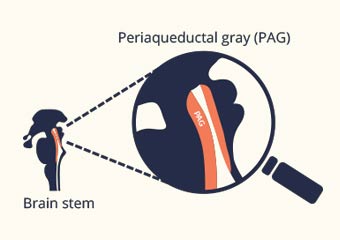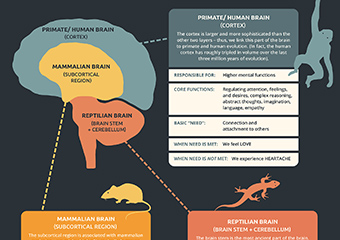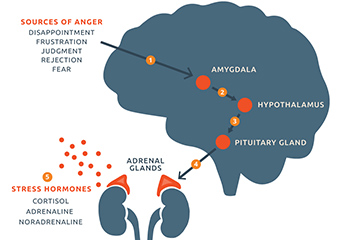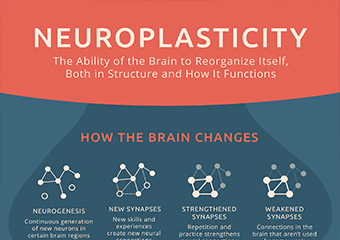After trauma, our clients are often left with many painful sensations and emotions . . . . . . including shame and guilt. And that’s especially true if they weren’t able to protect themselves or escape. That’s why it can be so useful to help our clients understand how their brain and body did work […]
A Quick and Simple Way to Think about the Brain [Infographic]
Could having a map of the brain help you in your work with clients? For example, just being able to show your clients what part of the brain controls emotion, or the nervous system, could open the door to helping them learn how to regulate these areas. So we created an infographic based on the […]
How Anger Affects the Brain and Body [Infographic]
Anger can be one of the most challenging emotions that we work with. Clients are sometimes afraid of their anger. Or, maybe they consider it inappropriate to even feel this way at all. Not only that, when anger is misdirected, it often leads to poor choices, damaged relationships, and even violence. But anger can actually […]
How Does Neuroplasticity Work? [Infographic]
Neuroplasticity, simply, refers to the brain’s ability to change and form new connections. When neuroscience began to discover more about the brain’s remarkable ability to change, it opened up new ways of thinking about our work with patients. By harnessing the power of neuroplasticity, we can help patients think more clearly, learn more easily, develop […]
Olympic Training for the Brain?
Do Olympic athletes have strong brains as well as strong bodies? Research has shown the benefit of exercise in improving cell health (including brain cells), boosting the brain’s natural anti-anxiety drug, and strengthening the aging brain. But we still have a lot to learn about exactly how exercise changes the brain. Recently, a team of […]




